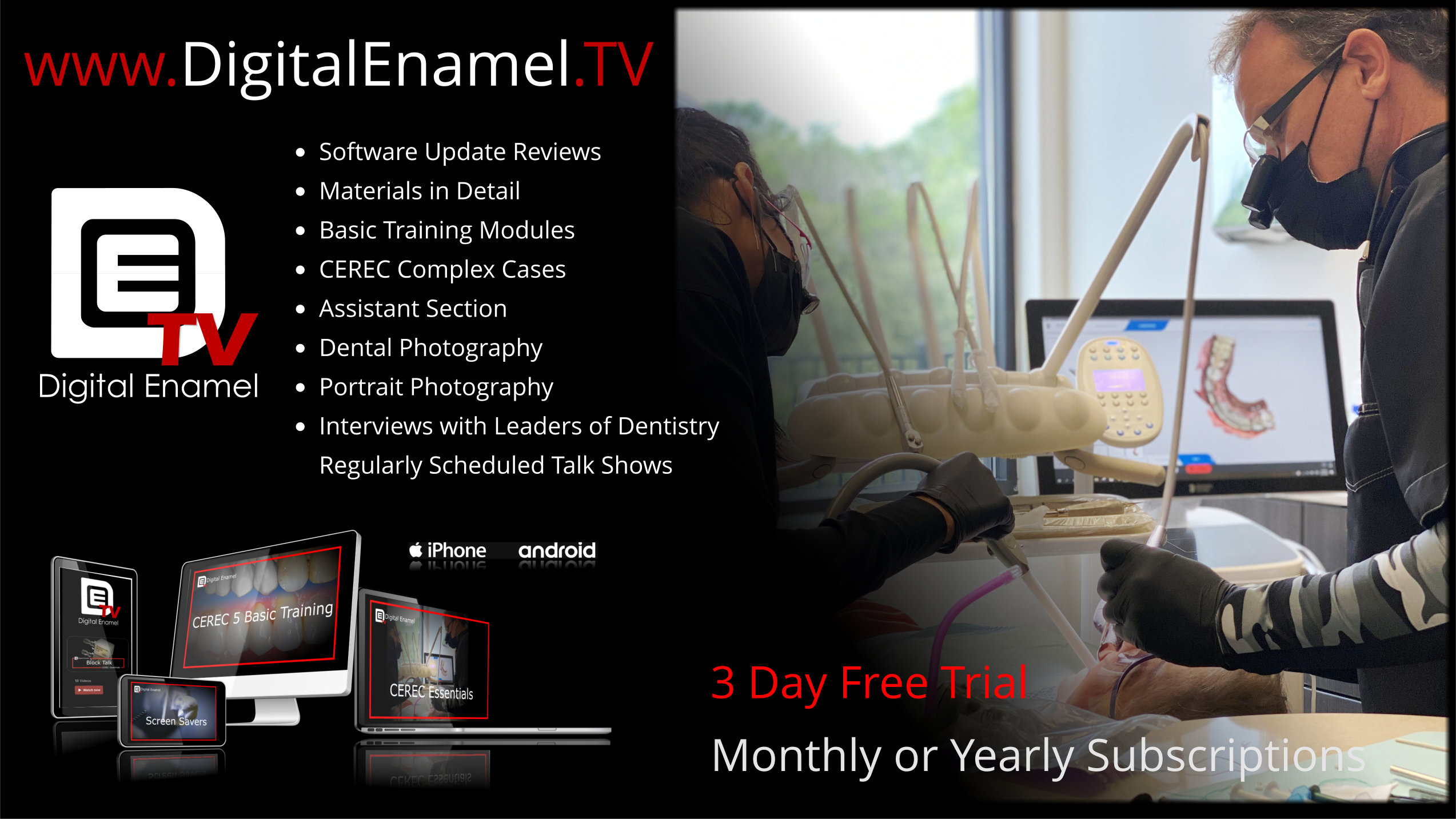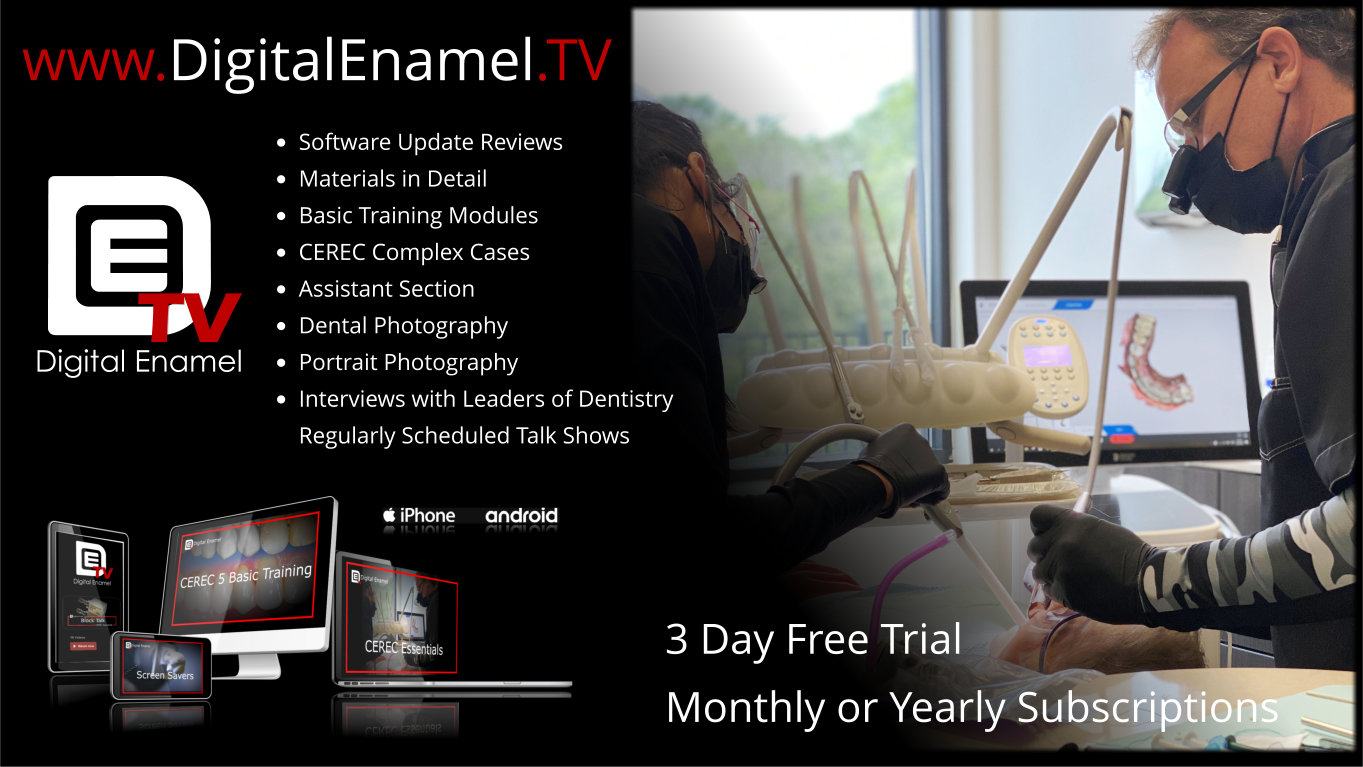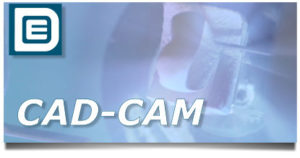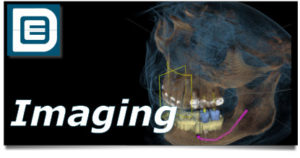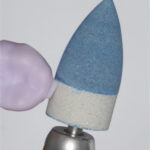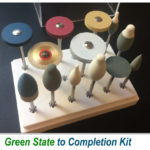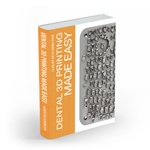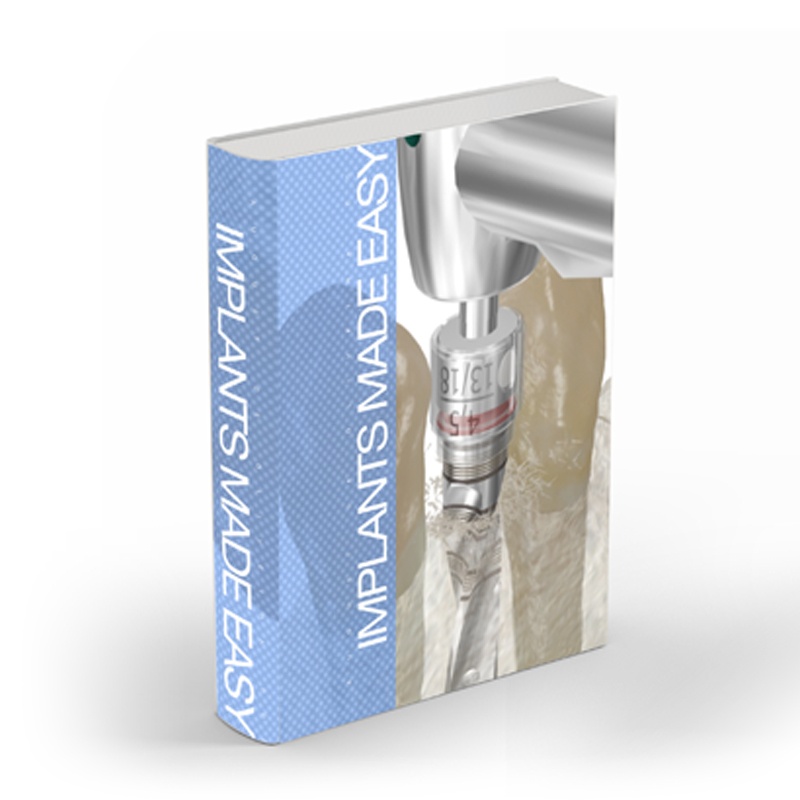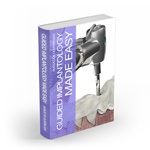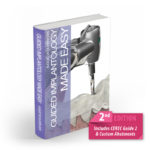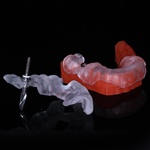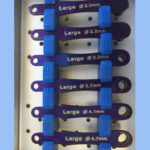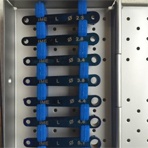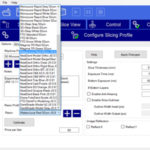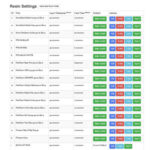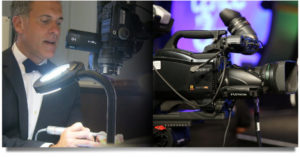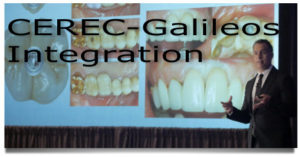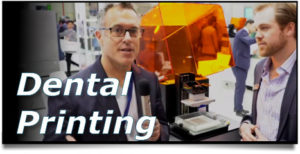Vita has been in the “CEREC World” since day one. People have used their blocks with great success. A few years ago they developed a “hybrid ceramic” material that has a similar modulus of elasticity to dentin. It was called, Enamic.
I began using it because of this very principle for my partial coverage restorations. I felt that if we are placing something in the “heart” of the tooth, it should at least bend and flex similarly to the dentin around it. A few other benefits to the material are:
It can be milled fast!! This is the fastest milling material in CEREC!
It has little wear on the milling burs.
It is NOT fired. So, the entire procedure is done efficiently.
The only problem was that it was pretty opaque. Enough so that I would not even think about it for an anterior restoration. Vita reworked the material and made it more translucent! However, they made it in similar fashion to their Vita Triluxe Forte block! This gives it many layers of translucency! Never, ever! Never, ever! Will I say that Enamic is too opaque! It’s translucent zones in the Multicolor block are amazingly translucent.
This case was completed in one visit with CEREC 4.5 and Enamic MC in a shade of 2M2. This gentleman had acid erosion of his anterior teeth, and I wanted to be as conservative as possible to his remaining enamel. I chose to do “taco shell” preparations: basically crowns that do not break contacts. This allowed me to keep all of his lingual tooth structure as is but with a fine finishing margin. I also did not have to remove much on the facial surfaces and incisal edges. The interproximal contacts were not opened. Why? Well, why not? There was no caries, and I did not want to remove tooth structure just to fit ONE philosophy of tooth restoration. Too much tooth structure would be removed unnecessarily, in my opinion. I think any other ceramic material would have a hard time milling as a “taco shell.” Enamic can handle this very well.
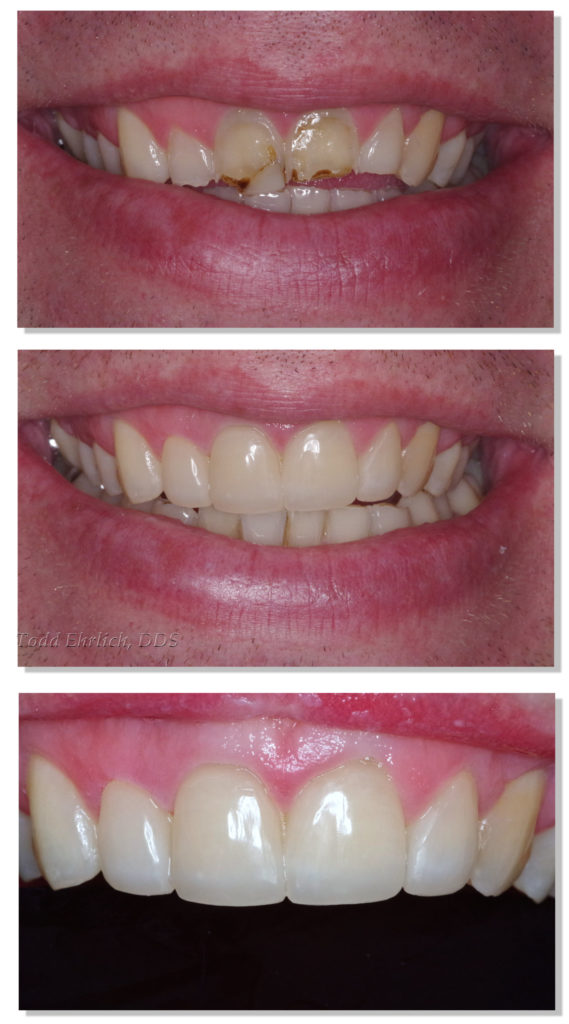
His maxilla was canted up significantly with a large open bite near the Upper left lateral. Getting the incisal edge parallel to his pupils is an impossibility without making the restorations greatly too long on one side and too short on the other. We decided to compromise and try to focus on what appeared best with his arch. Part of this plan was to do a minor gingivectomy of his Upper Right lateral which was completed easily with a diode laser.

Our online education platform is awesome! Hundreds of videos that help your day-to-day use of CEREC! Works directly through your Apple or Android devices!
